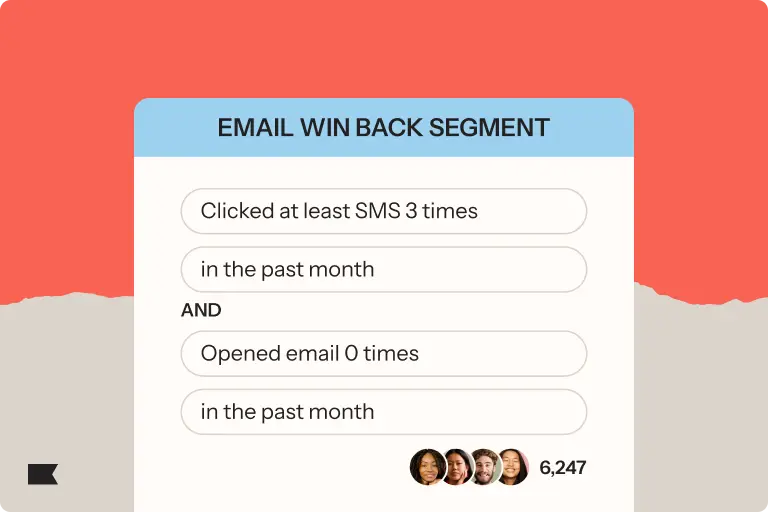MAGY is watching: Microsoft joins Yahoo and Google in enforcing authentication standards

A new acronym for the inbox era: MAGY
Move over “Yahoogle” — there’s a new sheriff in town. With Microsoft officially aligning with the bulk sender requirements championed by Gmail and Yahoo, it’s time to talk about MAGY:
- Microsoft
- Apple
- Gmail
- Yahoo
Together, these inbox giants make up over 90% of the average email list. Their message is clear: if you don’t authenticate your domain, your emails won’t make it to the inbox. These aren’t just best practices anymore—they’re requirements.
Why this matters: MAGY’s rules are the new standard
MAGY’s requirements aren’t just about compliance. They’re about preserving your ability to reach your customers at all. When mailbox providers demand stronger authentication, they’re not just protecting their users; they’re rewriting the rules for every sender.
This shift places more weight than ever on your sender reputation. It’s not just your email service provider’s infrastructure under scrutiny—it’s your domain, your behavior, and your sending history that inbox providers evaluate. Even with a trusted ESP like Klaviyo, inbox providers look directly at your domain to decide whether to deliver your emails.
Without proper authentication, your domain won’t be trusted, and untrusted mail doesn’t reach the inbox. Worse, high spam complaints or inconsistent sending can erode your reputation and magnify the impact of any missteps.
Inbox placement now depends on two things: your technical setup and your sending behavior. The more proactively you align with MAGY’s expectations, the more control you’ll have over your ability to connect with your audience.
In short: No authentication, no inbox. And as of May 2025, that applies to Gmail, Yahoo, and now Microsoft.
A quick look back at how we got here
For years, domain authentication was considered a best practice, a way for smart senders to build trust and protect their brand from spoofing. But in February 2024, Gmail and Yahoo took things further by announcing mandatory requirements for bulk senders, turning what used to be optional into a necessity.
Their joint initiative—nicknamed “Yahoogle”—cracked down on spam and phishing by requiring senders to implement DKIM, DMARC, and domain alignment. Enforcement began gradually over the summer.
Then in April 2025, Microsoft joined the movement. Their announcement closely aligned with Yahoogle�’s standards and set a clear enforcement date: May 5, 2025. While Microsoft’s initial guidance was vague, they later clarified that unauthenticated mail will be bounced with a clear error message, giving senders actionable insight and removing ambiguity.
Microsoft’s twist: clearer feedback for senders
Microsoft originally planned to silently junk unauthenticated messages, offering no feedback to senders. But after industry pushback, they changed course.
Now, Microsoft will reject unauthenticated mail and return a clear bounce message: 550; 5.7.515 Access denied, sending domain [SenderDomain] does not meet the required authentication level.
This is good news. Unlike silent spam filtering, a bounce message gives you a specific signal and a path to fix it.
What you need to do: how to meet MAGY’s standards in Klaviyo
If you’re sending with Klaviyo, meeting MAGY’s requirements is more straightforward than it might seem, but it’s critical to take action.
The key step is authenticating your domain with SPF, DKIM, and DMARC. In Klaviyo, this means setting up a Branded Sending Domain, a one-time configuration that ensures your emails are digitally signed, traceable to your domain, and aligned with mailbox providers’ expectations.
Just as important: once you’re authenticated, stay consistent. Avoid sending from personal addresses like @gmail.com or switching between multiple domains. These practices confuse inbox providers and can hurt your deliverability or get your messages blocked outright.
If you’ve already set up authentication in Klaviyo and follow best practices around engagement and list hygiene, you’re likely already in good shape. If not, now’s the time to act. Even if your deliverability looks fine today, these new rules will soon be non-negotiable.
Stay proactive, stay in the inbox
The inbox is more competitive and more regulated than ever. With Microsoft joining Gmail and Yahoo in enforcing stronger standards, the bar has officially been raised.
But the upside is real: if you take the right steps now, you’ll be in control of your deliverability well into the future.
These changes aren’t just about policy, they’re about trust. By authenticating your domain and monitoring your practices, you’re setting your brand up for long-term email success.

Related content

Learn how to use Klaviyo SMS, segmentation, and hybrid flows to re-engage lapsed email subscribers, boost deliverability, and drive higher retention.

Boost D2C email revenue from 12% to 30% with the Klaviyo playbook: high-converting pop-ups, a 5-email welcome series, smart filters, and optimized abandonment flows.

Even though the BFCM season ended, there are still important precautions to take. Learn how to clean up your sender reputation at the beginning of December.